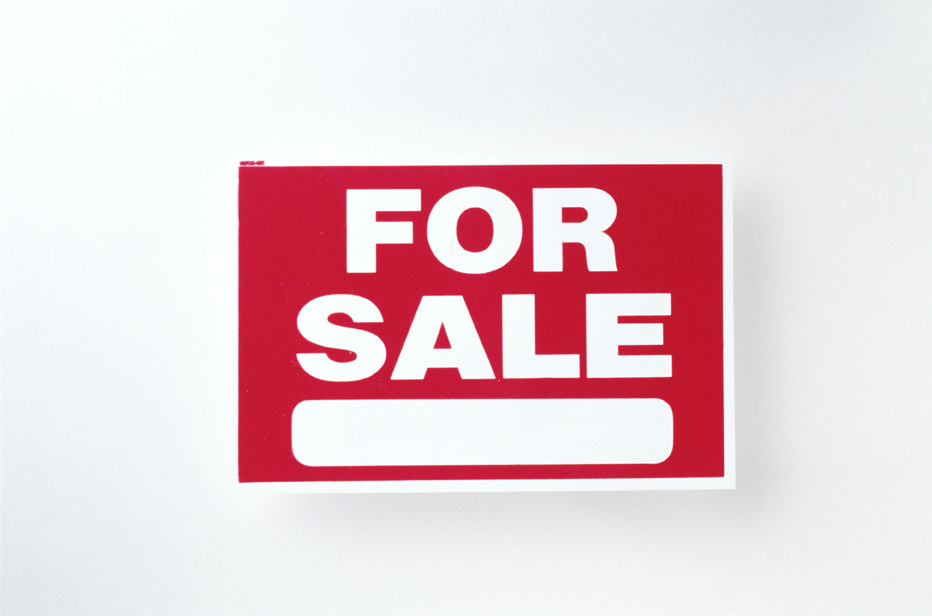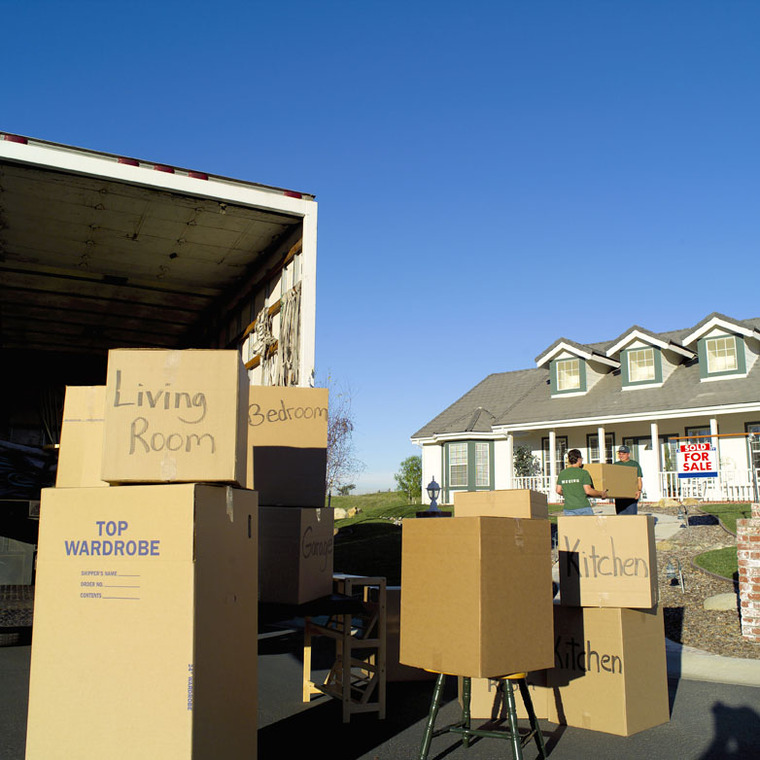The Risks, Rewards, and Benefits of Owning Rental Property
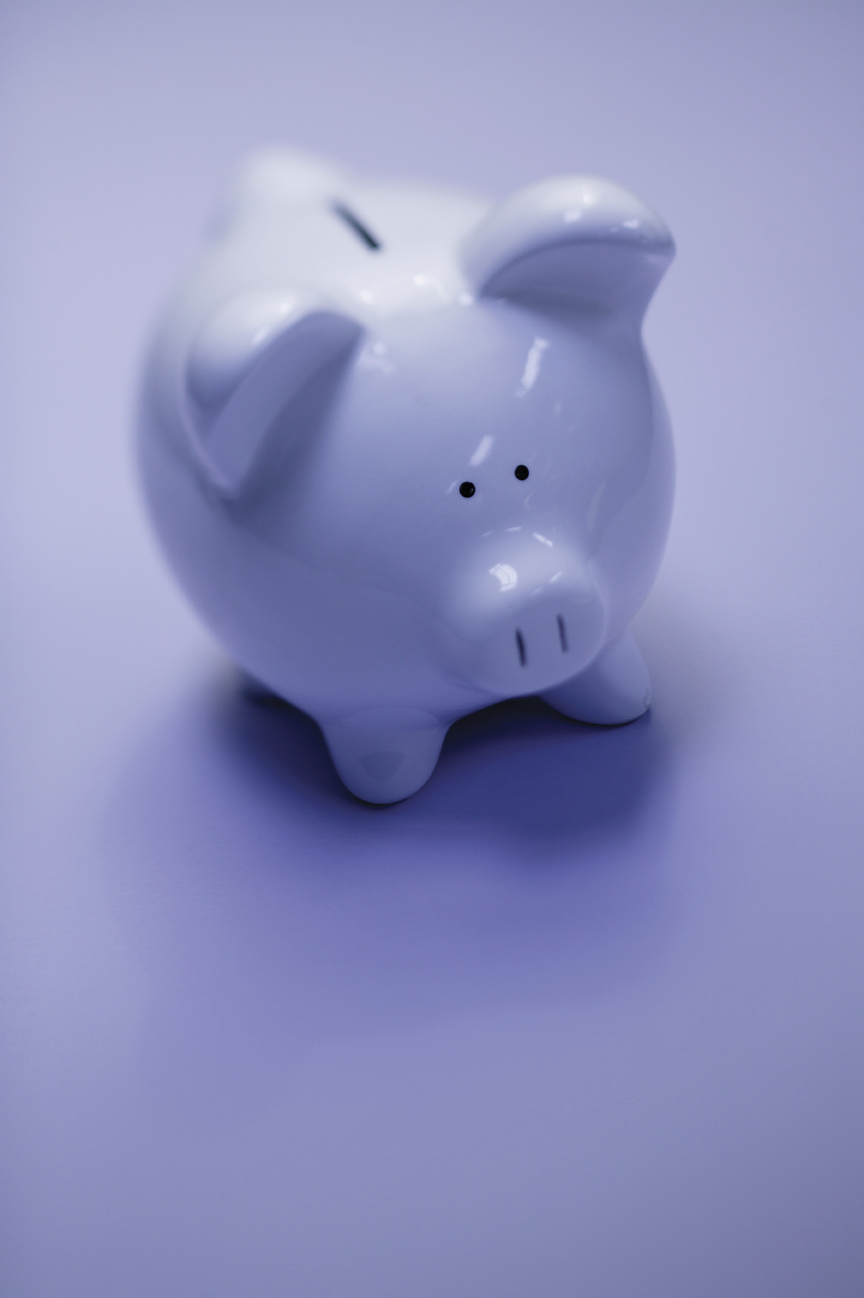
 One area of the real estate market that is thriving right now is rental property. In the first quarter of this year, landlords and property managers across the country rented more apartments and homes than they have during the first quarters of the past ten years. According to the Wall Street Journal, the amount that renters are willing to pay has also jumped to a nationwide average of $991 per month. All indications suggest that the rental market will continue to improve because of the combination of low vacancy rates and rising rents.
One area of the real estate market that is thriving right now is rental property. In the first quarter of this year, landlords and property managers across the country rented more apartments and homes than they have during the first quarters of the past ten years. According to the Wall Street Journal, the amount that renters are willing to pay has also jumped to a nationwide average of $991 per month. All indications suggest that the rental market will continue to improve because of the combination of low vacancy rates and rising rents.
What to consider before buying a rental
Being a landlord has its challenges. The recession took a toll on rental prices for a few years and any future economic downturns could do the same. Once the job market returns to normal, there’s a strong possibility that more people will choose to move from rentals into homes of their own. And the demand for rental properties could become over-saturated at some point, resulting in an investment bubble of its own.
What’s more, while the income from a rental property can be significant, it can take at least five years before you’re making much more than what you need just to cover the mortgage and expenses. In other words, the return on your investment doesn’t happen overnight.
However, in the long run, if you select the right property, it could turn out to be one of your best investment decisions ever—especially since rental real estate provides more tax benefits than almost any other investment.
Tax deductions for the taking
One of the great things about owning rental properties is the fact that you’re able to deduct so many of the associated expenses—including a sizable portion of your monthly mortgage payment.
The commissions and fees paid to obtain your mortgage are not deductible, but the mortgage interest you pay each month is—including any money you pay into an escrow account to cover taxes and insurance. Whatever your mortgage company reports as interest on your 1098 form at the end of each year can likely be deducted.
For example, you may be eligible to deduct credit card interest “for goods and services used in a rental activity,” repairs made to the building, travel related to your rental, expenses related to a home office or workshop devoted to your rental, the wages of anyone you hire to work on the building, damages to your rental property, associated insurance premiums, and fees you pay for legal and professional services. However, as is the case with any transaction of this type, be sure to consult your attorney or accountant for detailed tax information.
What to look for
As with any real estate investment, the location of the property and its overall condition are both key. But with rental properties, there are some other factors you’ll also want to consider:
Utilities: Look for a building with separate utilities (water, electric, and gas, etc.) for each rental unit. This will make it far easier to legally charge for the fair use of what can be a very costly monthly expense.
Competition: If your property is one of the few rentals in the neighborhood, there will be less competition for interested renters.
Transportation: Rentals that are near popular public transportation options and / or major freeways (without being so close that noise is an issue) are usually easier to rent—and demand more money.
Landscaping: Properties with small yards and fewer plantings are far easier and less expensive to manage.
Off-street parking: Not only is off-street parking a desirable feature (people with nice cars usually don’t like to park on the street), it’s also a requirement for rental properties in some communities.
How to start your search
Unlike homes, rental properties do not typically have a visible ‘for-sale’ sign standing out front (as landlords don’t want to irritate, bring attention to their current renters, or turn off any prospective renters). Therefore, if you are interested in a rental property, your best option is to schedule an appointment with your real estate agent/broker to discuss your investment goals and identify what opportunities currently exist in your market place.
3-Story Condo With Mountain Views
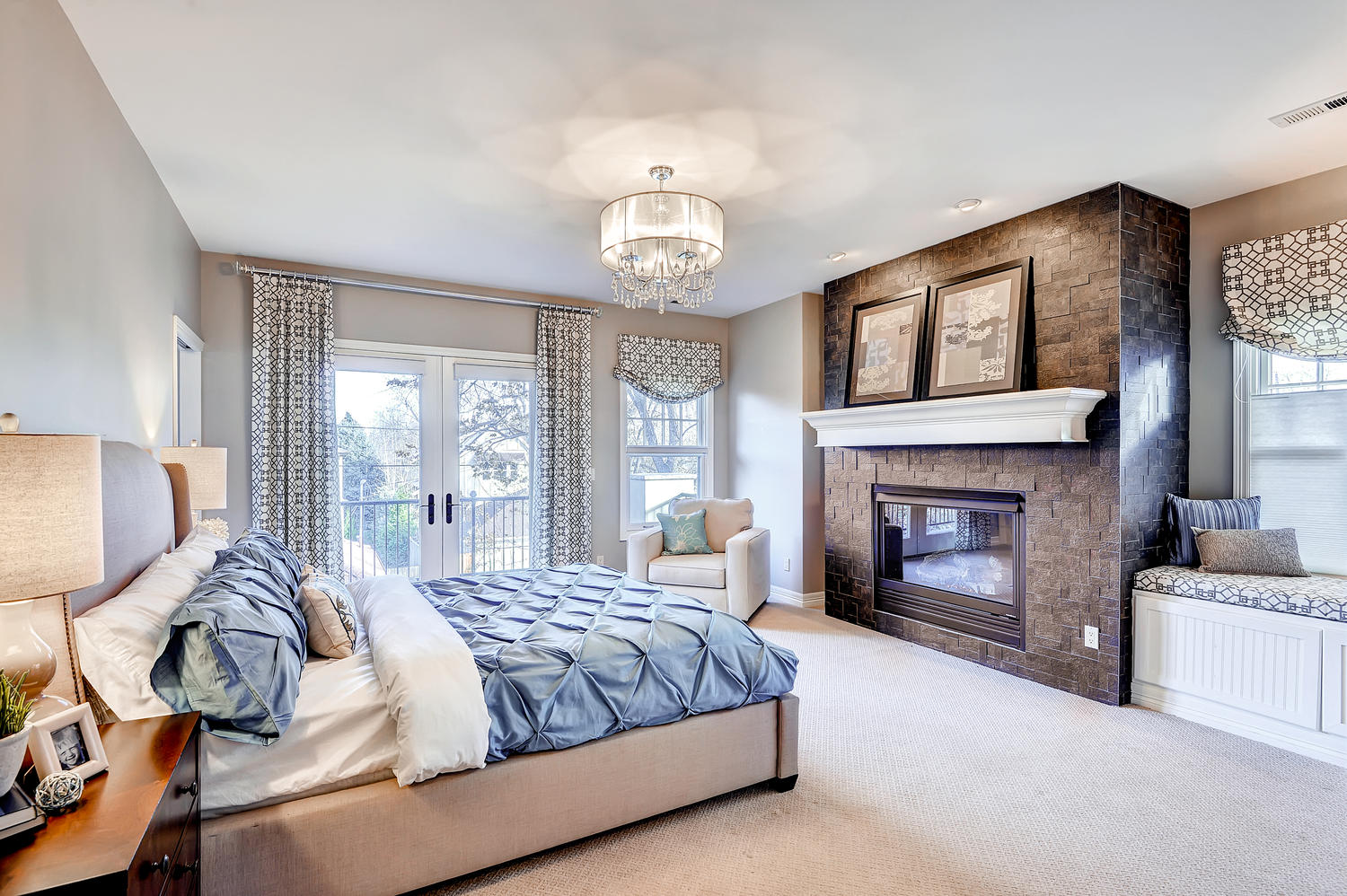
Featuring 2 Bedrooms, 2 1/2 Bathrooms And Lots Of Upgrades!
https://www.youtube.com/watch?v=o1JiIn3V67U
Don’t miss out on an opportunity to own this awesome 2 bed/ 2.5 bath, end unit town-home in Coal Creek Village. Less than 1.5 miles from Old Town Lafayette. On the main floor you will find: hardwood floors throughout, granite counter tops, stainless steel appliances and upgraded light fixtures. From the master bedroom you can’t miss the great views of the mountains. This home also features an energy efficient furnace and a tank-less water heater. This one won’t last; schedule your showing today!
For more information, please visit: http://windermerenoco.com/listing/75153054 or call Greg Rittner at (970) 460-3033.
Cozy Ranch In A Fantastic Location
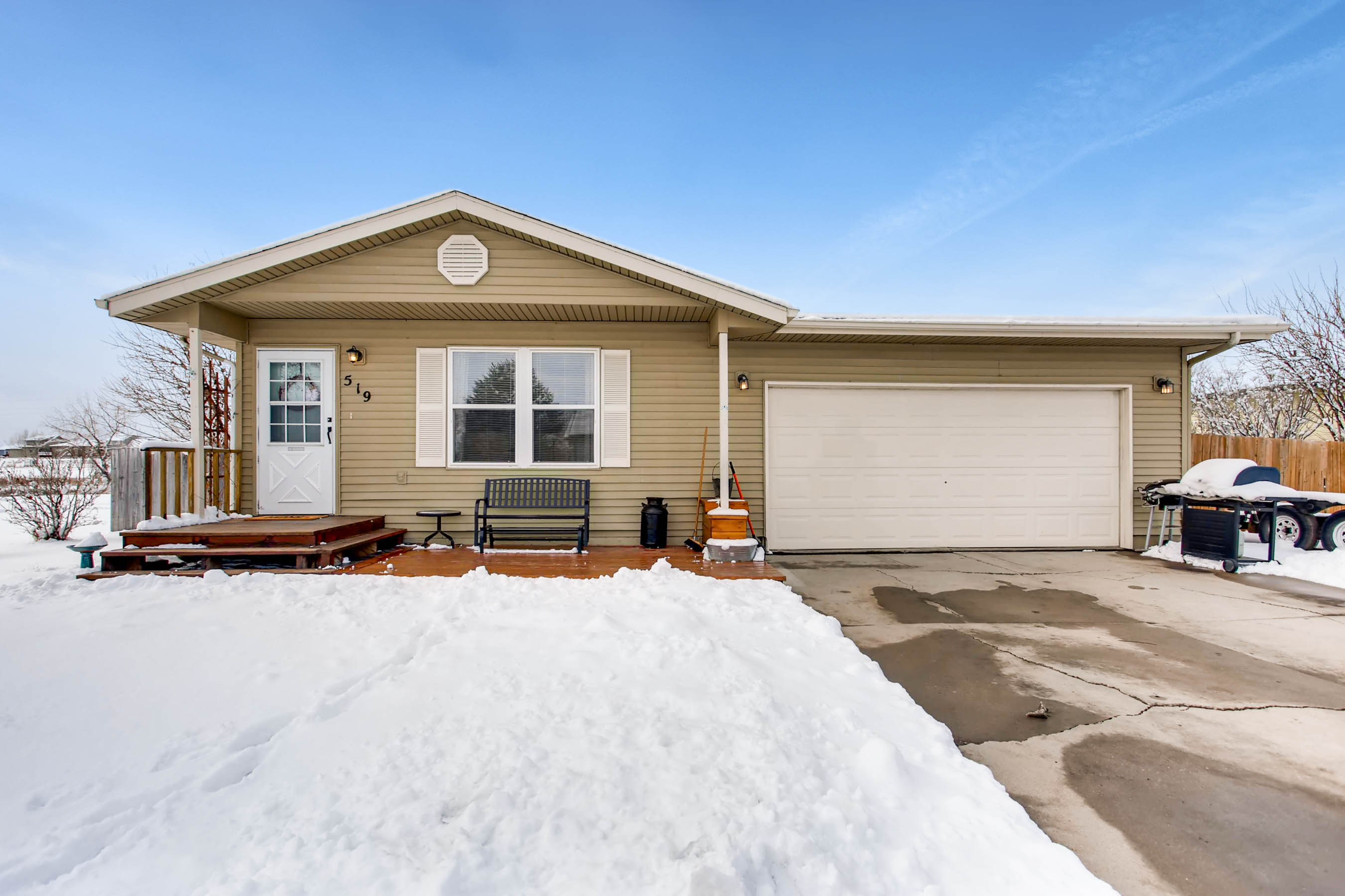
Featuring 3 Bedrooms, 1 Bathroom And Incredible Views!
https://www.youtube.com/watch?v=9e4SPuiJlgw
Fantastic ranch home, nestled up to Lakeview Park and Law Reservoir. RV, boat or trailer parking on site and over-sized garage. Beautiful view of the foothills and open space.
For more information, please visit: http://windermerenoco.com/listing/75154074 or call Kyle Basnar at (970) 460-3033.
Childproofing: Protect Your Family and Your Home from Potential Hazards

 When you think of your home, it likely conjures up feelings of safety, shelter, and comfort. However, accidental injuries in the home are one of the leading causes of harm to children 14 and younger. By taking certain precautions, many of these accidents can be prevented.
When you think of your home, it likely conjures up feelings of safety, shelter, and comfort. However, accidental injuries in the home are one of the leading causes of harm to children 14 and younger. By taking certain precautions, many of these accidents can be prevented.
While supervision is the best way to keep your children safe at home, you can’t watch them every second. Childproofing, to whatever degree you are comfortable, will go a long way toward keeping your littlest loved ones safe and healthy at home.
Here are some tips to get you started.
Many accidents happen with or around water.
If you have children at home, it’s advisable to adjust your water heater to no higher than 120 degrees to prevent scalding. Furthermore, you should never leave a small child unattended in a bath tub, even for a few seconds. And be sure to safely secure doors that lead to swimming pools and hot tubs, including pet doors. When cooking or boiling water, turn pot handles in, or better yet use the back burners, to prevent little hands from pulling them off the stove.
Household chemicals can be very harmful to children.
It’s important not to keep poisonous materials under the sink, even if you have a cabinet guard in place. Keep dangerous chemicals up high and in a room that isn’t accessible to your little ones. Seemingly innocuous medicines can also be dangerous. Make sure your medicine cabinet is out of sight, mind, and reach.
Use safety latches and gates.
It’s advisable that you use safety latches on drawers, cabinets, toilets, and windows, as well as place covers on all electrical outlets. Gate off stairways and entrances to rooms, such as garages, that contain dangerous or fragile objects.
Secure furniture and other objects.
Heavy furniture, electronics, and lamps must be secured to prevent a child from pulling them over. Bookshelves and entertainment centers often come with devices that attach them to walls so that a climbing child won’t topple the furniture. The end-caps on door stoppers can be a choking hazard, so it’s advisable to remove them. Place plastic bumpers on sharp corners or edges of coffee tables, entertainment centers, and other furniture to prevent cuts and bruises.
Install a carbon monoxide detector.
The U.S. Consumer Product Safety Commission (CPSC) recommends that consumers purchase and install carbon monoxide detectors in addition to smoke alarms. Be sure to test both devices regularly and replace batteries as needed. The American Red Cross advises families to learn first aid and CPR, and to devise an emergency evacuation plan for fires and earthquakes.
Emergency contact info.
Last, but not least, in case an emergency does happen, always keep numbers for your child’s doctor, your work and cell, and other emergency contact info in an easily found place, preferably near the phone.
Accidents can and will happen, but by following a few small steps you can have peace of mind knowing that you’ve done everything you can to protect your family from harm in your home.
Pricing your home to sell

 When it comes time to sell a home, most people want the property to sell quickly for the highest possible return. Setting the correct listing price is the most important step in reaching this goal. Price a property too low and it might sell quickly, but you could pocket less profit. Set it too high and you run the risk of pricing yourself out of the market.
When it comes time to sell a home, most people want the property to sell quickly for the highest possible return. Setting the correct listing price is the most important step in reaching this goal. Price a property too low and it might sell quickly, but you could pocket less profit. Set it too high and you run the risk of pricing yourself out of the market.
Why overpricing a home is risky
Some sellers want to list their home at an inflated value, believing that they can always lower the price down the road if needed. But this can be a risky strategy. New listings generally get the greatest exposure in the first two-to-four weeks on the market, so setting a realistic price from day one is critical. If a home is priced too high, your strongest pool of prospective buyers is eliminated because they think it’s out of their price range. Conversely, buyers who can afford it will compare it to other homes that have been fairly priced and decide that they can get more home for their money elsewhere.
Once it has been decided to reduce the price, you’ve unnecessarily lost time and money. Your strongest prospective buyers may have found another home, while the over-inflated price could result in a negative impression among agents and buyers who are still in the market. Not to mention, reengaging buyers after those first critical few weeks can be very challenging. As the saying goes, “time is money”; so the longer a home is on the market, the lower the selling price will likely be in relation to the initial listing price.
Setting a home price too high has other costs
When a home languishes on the market, the seller loses in a number of ways. Each month the home goes unsold, is another month of costs to the owner in mortgage payments, taxes, and maintenance—expenses that are not recovered when the home is sold. Furthermore, until the house is sold, the owner is on hold and can’t move forward with whatever plans prompted the decision to sell. If the seller is still living in the home, it can also be fatiguing to keep the property in ready-to-show condition month after month.
How to set the right price for a home
It’s not easy to be objective about your own home. That’s why it’s best to have a real estate professional work with you to set a reasonable price. According to a study done by the National Association of REALTORS®, homes that were sold using a real estate agent netted an average of $25,000 more than those without agent representation.
There are a number of factors that your agent will consider when determining a sales price for your home. Here’s a quick overview.
-
- Comparable sales. One of the best guides to pricing your home is knowing what recent buyers were willing to pay for similar homes in your area. So, one of the first things your agent will do is prepare a Comparative Market Analysis (CMA). A CMA is a written analysis of houses in the community that are currently for sale, homes that have recently sold, and homes that were offered for sale but did not sell. While no two homes are identical, the report highlights only homes that most resemble yours. The CMA will include details about these properties, such as the number of bedrooms and baths, square footage, noteworthy amenities—and the listing price and sale price. The report will also include the Days on Market (DOM) for each property, which is the number of days it took to sell the home once it was listed. The CMA helps determine a price range that will be appropriate for your home.
-
- Unique property features. Since no two homes are exactly alike, looking at comparable sales is just one part of the equation. Many properties have distinctive features that add to their overall value when it comes to pricing. The importance buyers place on different features can vary by region, but examples might include a particularly pleasing view, artisan-quality interior detailing, outdoor entertaining space, or exceptional landscaping.
-
- Current market conditions. The real estate market is constantly fluctuating, and those cycles have a direct impact on pricing. Here are some of the market conditions an agent may consider when evaluating how to price a home:
-
- Are home prices trending up or down?
-
- How quickly are homes selling?
-
- Is the inventory of homes on the market tight or plentiful?
-
- Are interest rates attractive?
-
- How is the overall economy performing? Is the local job market strong or in decline?
-
- Current market conditions. The real estate market is constantly fluctuating, and those cycles have a direct impact on pricing. Here are some of the market conditions an agent may consider when evaluating how to price a home:
Other factors that can impact pricing include the condition of the home, seasonal influences (i.e. summer versus winter), condition of surrounding neighborhood, local amenities, and how quickly the seller needs to move.
There are a lot of factors that go into setting a home’s sales price, but it’s by far the most critical step in the overall selling process. The best course of action is to look to your real estate agent for guidance; they have the experience and market knowledge that will help you achieve your goals and reach a desired outcome that best fits your individual needs.
Home Staging Tips
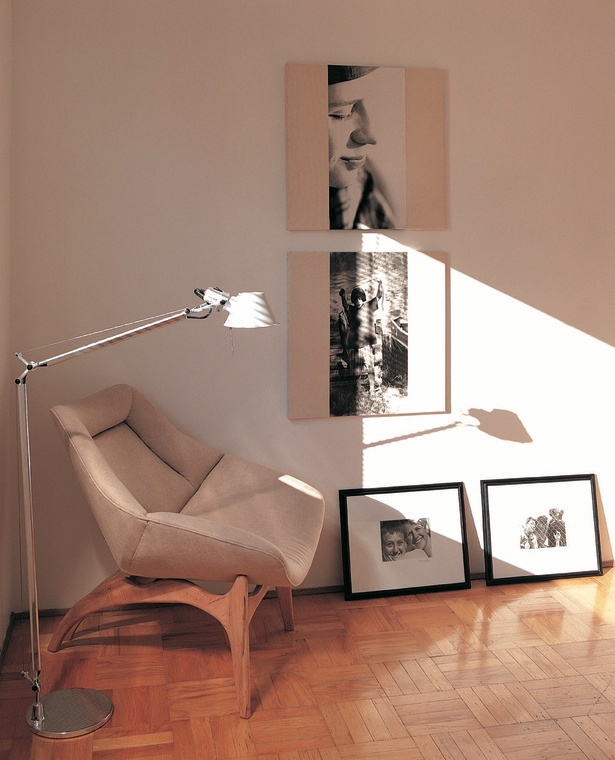
DIY Home Staging Tips:
With a little time, effort and imagination, you can stage your home to showcase its best features, sell it faster and get top dollar.
Clean up, pare down, and toss out: By simply getting rid of excess furniture and clutter, you can make any room look larger and more inviting.
Make it professional, not personal: Remove family photos, mementos and other personal items from the space. This not only eliminates clutter, it helps potential home buyers envision their lives in the space.
Re-purpose rooms: Do you have a “junk” room? You can transform a liability into an asset by turning an underused space into a reading nook, a craft room, a yoga studio or a home gym. Just clean it up, add a coat of paint, some furniture and the right accessories.
Lighten up: Light, airy rooms look bigger and more welcoming. You can create a pleasing effect by using the right wattage bulbs and multiple light sources. The right window treatments can also have a big impact. Choose fabrics that are light and gauzy, rather than dark and heavy.
Try a little color: Paint is the cheapest, easiest way to update your home. Stick with warm, natural hues, but try darker colors for accent walls and to highlight special features. You can give old furniture new life with a coat of shiny black paint—and freshen up the front door with a bold, cheerful color.
Add some decorative touches: Art, accessories, plants and flowers breathe life into a home. Make rooms more inviting with accessories that are carefully grouped, especially in threes. Pay attention to scale, texture and color. Bring the outdoors in with plants and flowers.
Picture-Perfect Staging:
When it comes to looking for a home most people start on the internet. The photos in your property listing can make a powerful first impression. According to a recent Wall Street Journal article, professional photos can increase home views up to 61%. Make sure your home is “ready for its close-up” by following these simple guidelines before the photographer shows up.
For exterior photography:
· Make sure no cars are parked in front of your house or in your driveway.
· Sidewalks and streets should be cropped out
· There should be up-close and angled shots, as well as long shorts that emphasize space.
· Clear away or trim vegetation blocking the front door or path to the door.
· Make sure lawns are mowed, hedges clipped, etc.
· Remove evidence of pets.
· Put away children’s toys.
· If you are selling a condo or town home, such amenities as tennis courts, a gym, a garden patio or clubhouse should be photographed.
For interior photography:
· Make sure your house is spotless, windows are clean and rooms are decluttered.
· Repair all visible damage, e.g., bad water stains, gouges, chipped paint.
· Drapes and blinds should be open and lights on.
· Remove trash cans, close toilet seats.
· Use floral arrangements in kitchens and dining rooms.
· Make sure that interesting details and attractive features—e.g., wood floors, a carved mantel, marble counter-tops and ornamental tile backslashes, etc. – are photographed.
Nationally Speaking
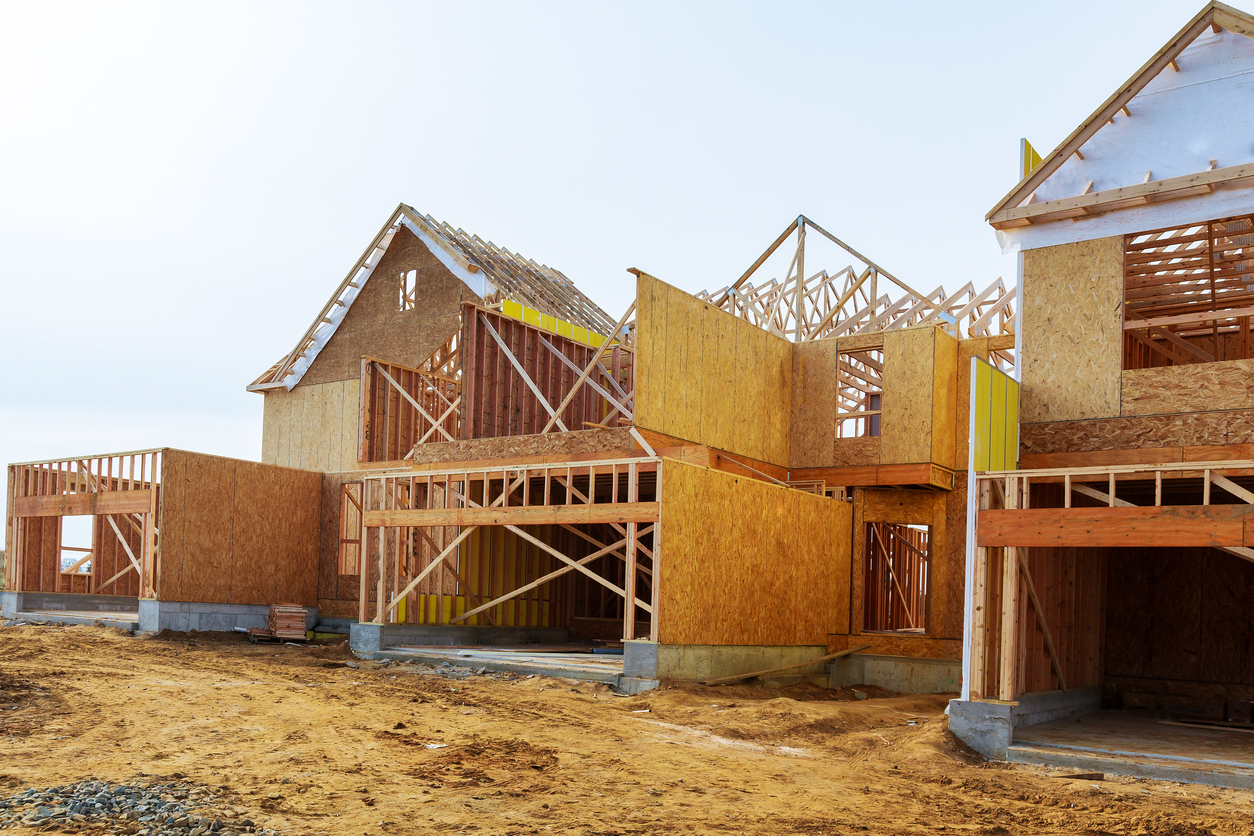
Here are some interesting stats on the national real estate market shared by Windermere’s Chief Economist, Matthew Gardner at our Market Forecast two weeks ago:
- The Case-Shiller Home Price Index, which tracks 20 markets around the country, is still 12% below it’s 2005 peak when adjusted for inflation.
- New Home starts in 2018 are projected to be 900,000. In 2005 there were 1.7 million.
- The average length of time someone lives in a home is now at 8.2 years. In the year 2000 it was 4.2 years.
The homeownership rate now sits at 64% which is 1% below the long-term average. In 2005 it spiked to almost 70%
 Facebook
Facebook
 X
X
 Pinterest
Pinterest
 Copy Link
Copy Link
